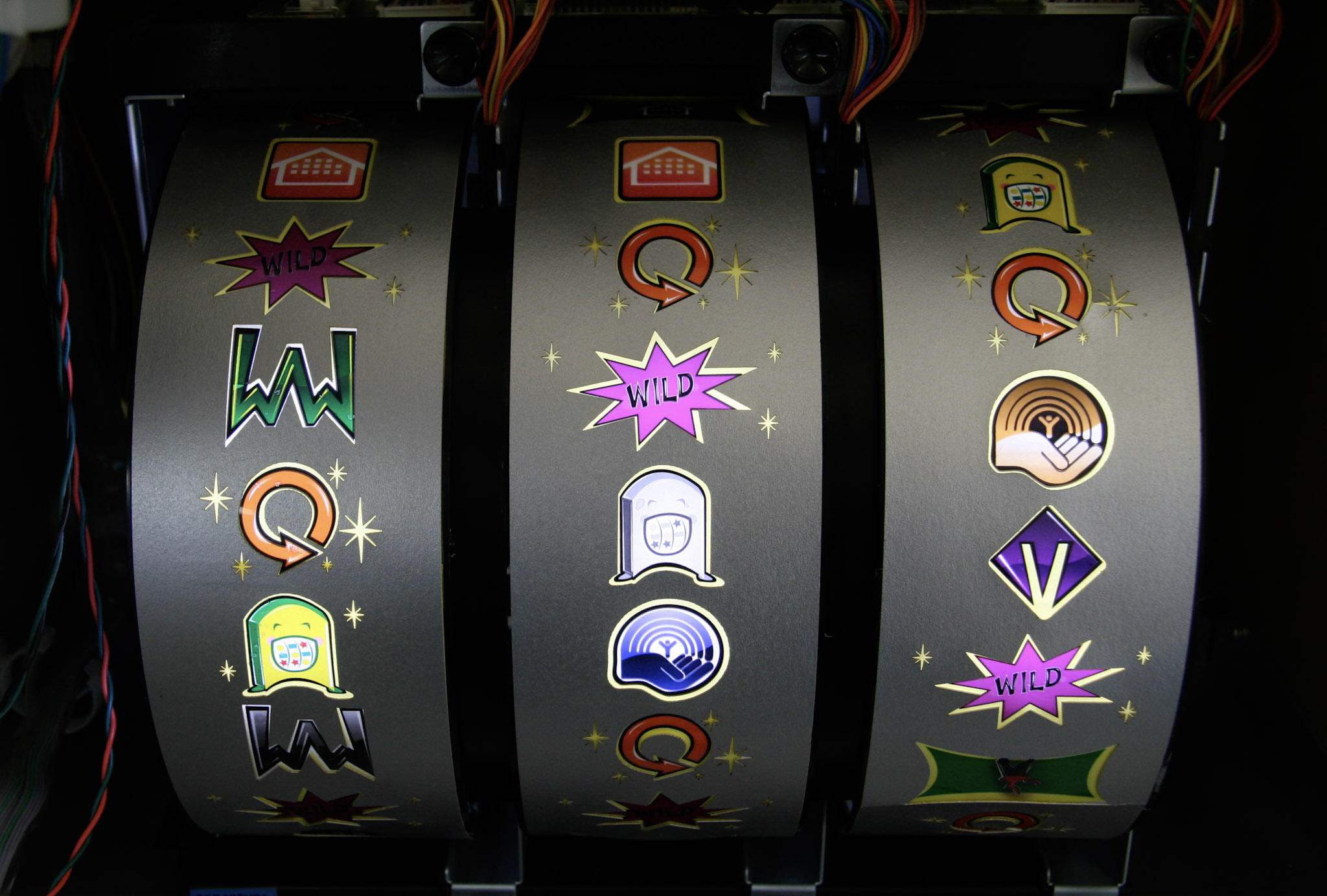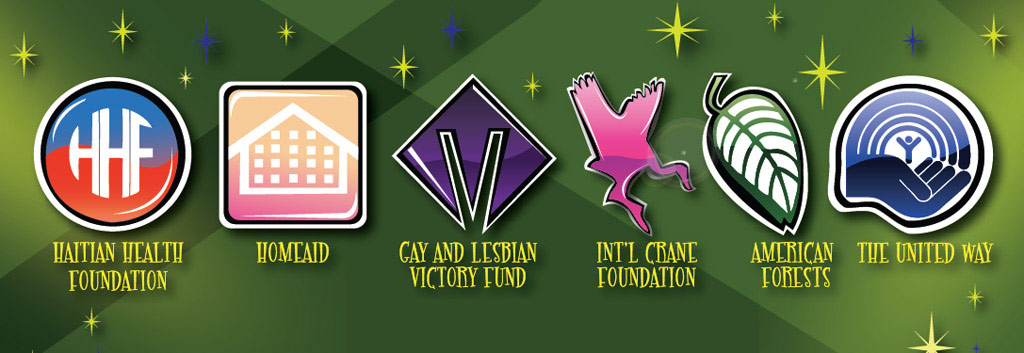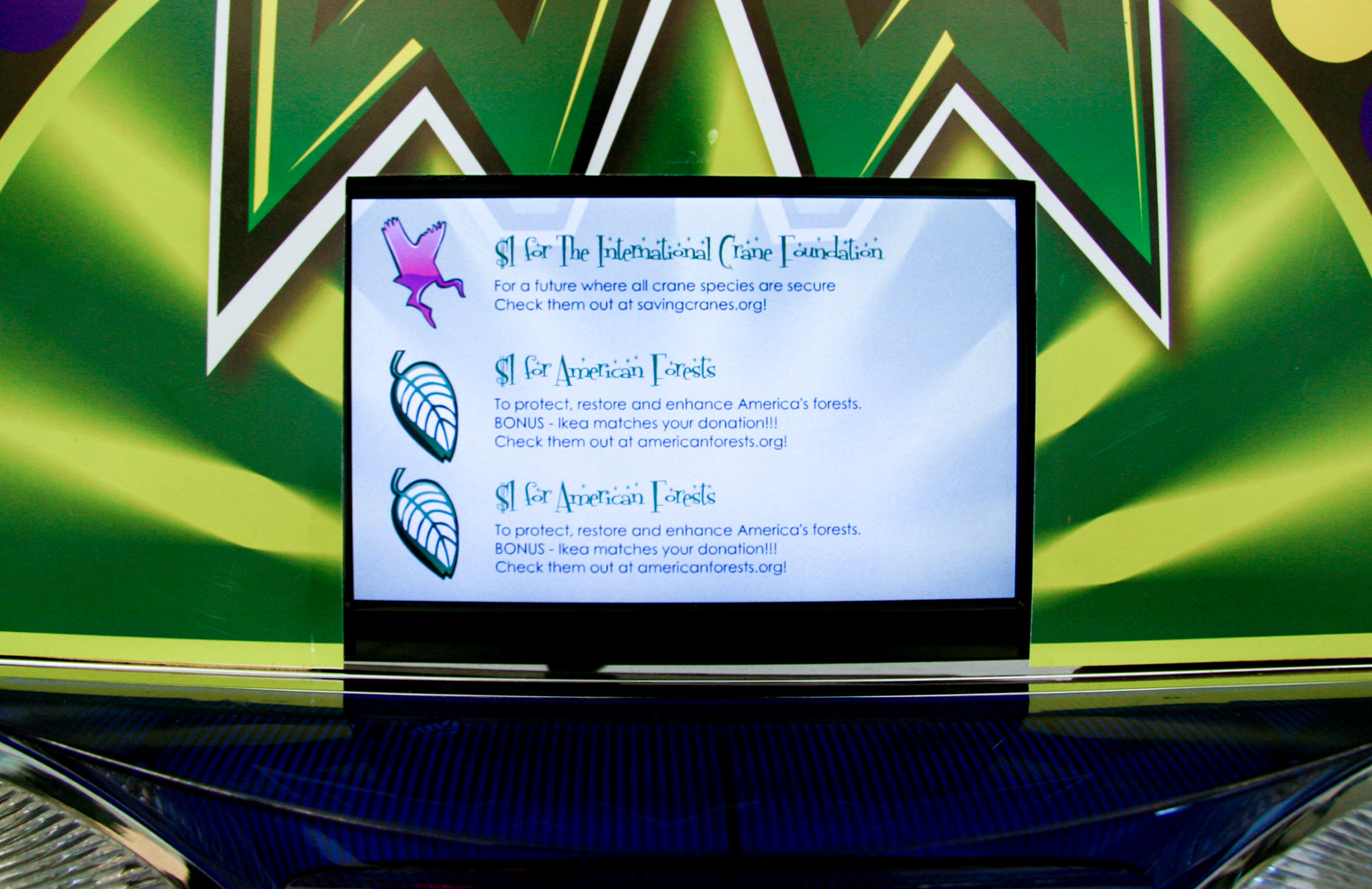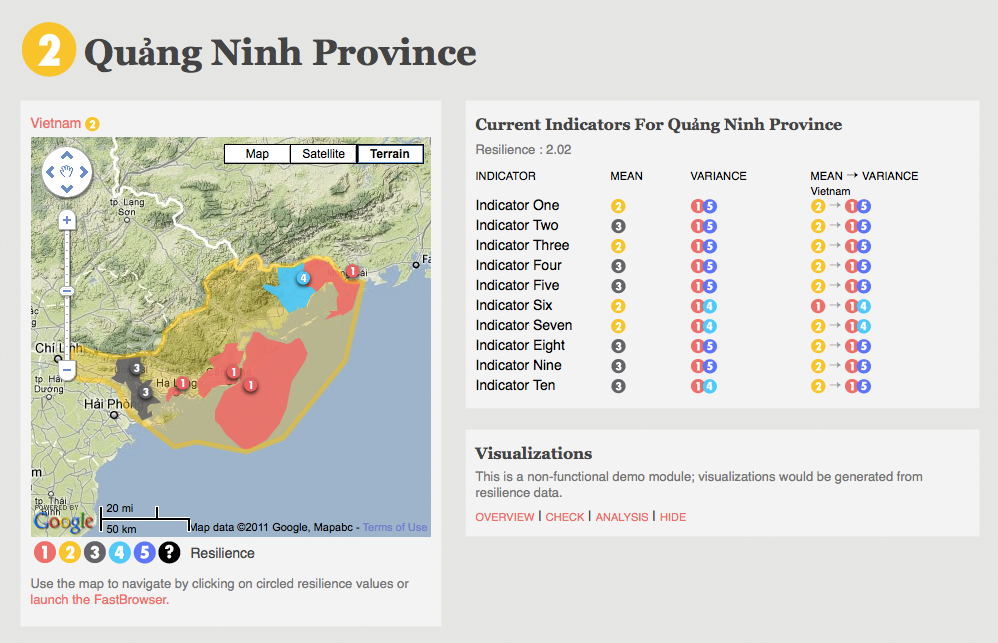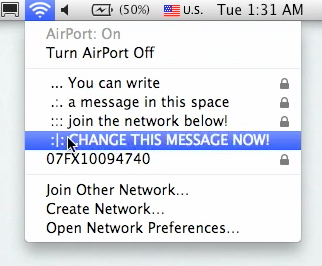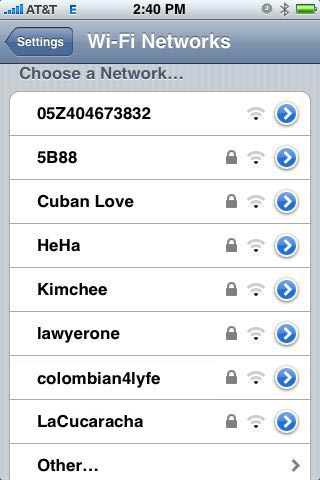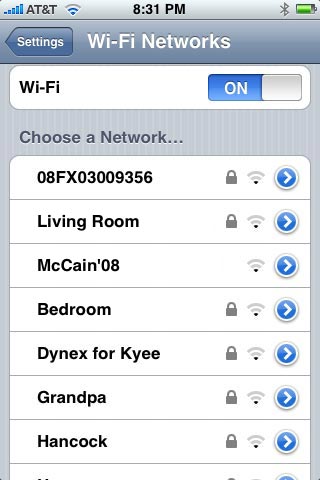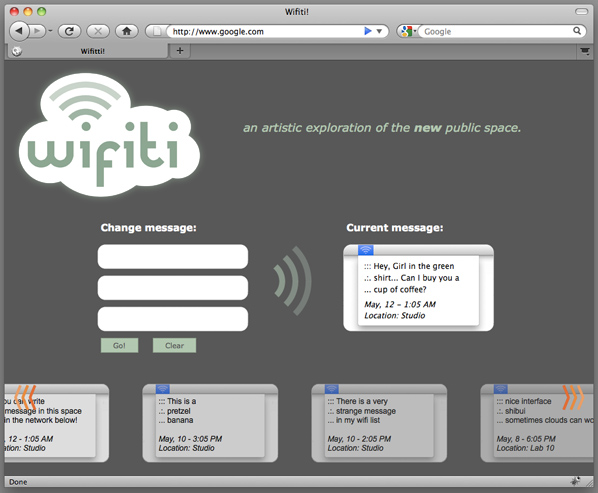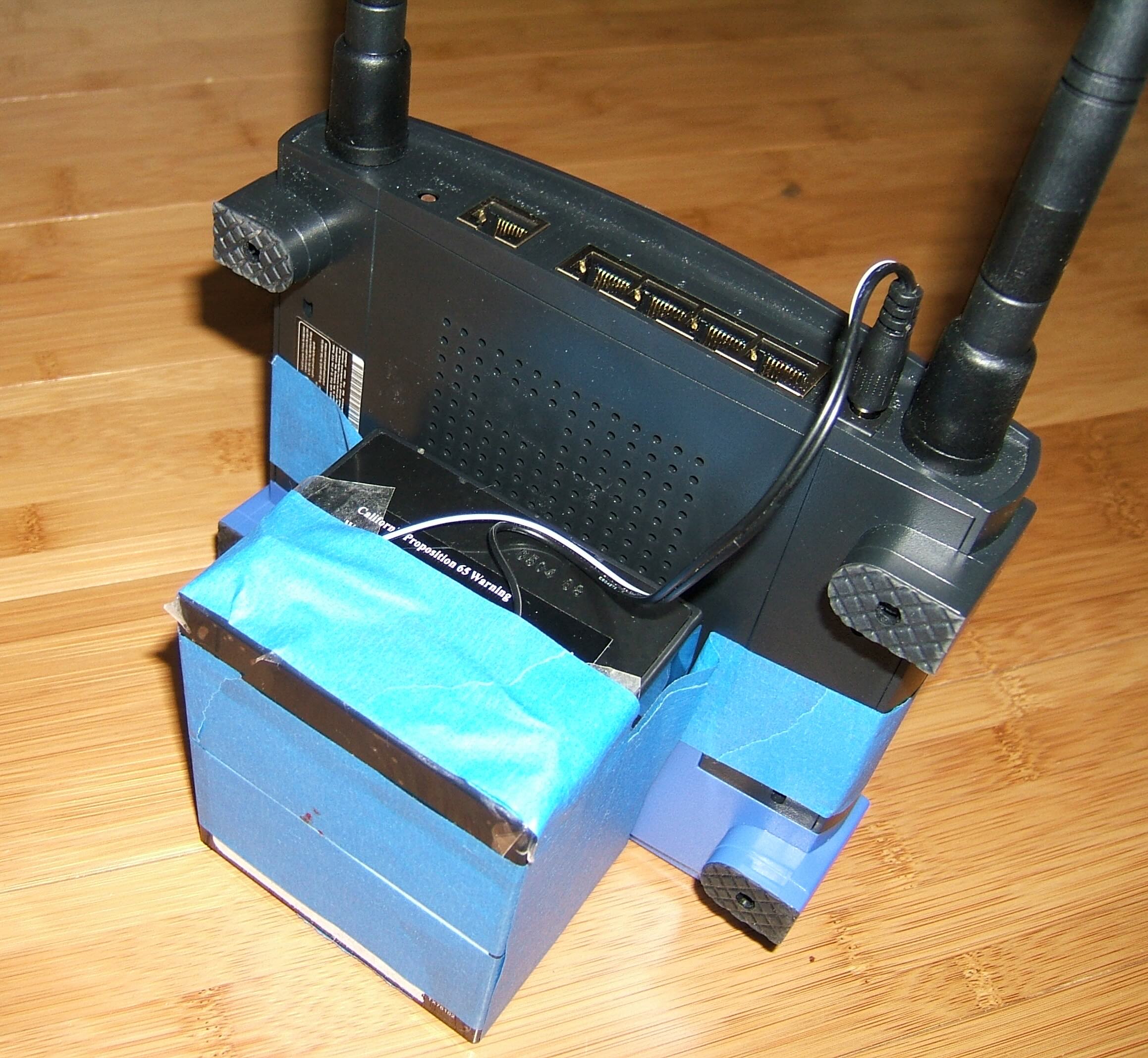Win-Win
A modified Pachinko (slot) machine that distributes player losses to charity.
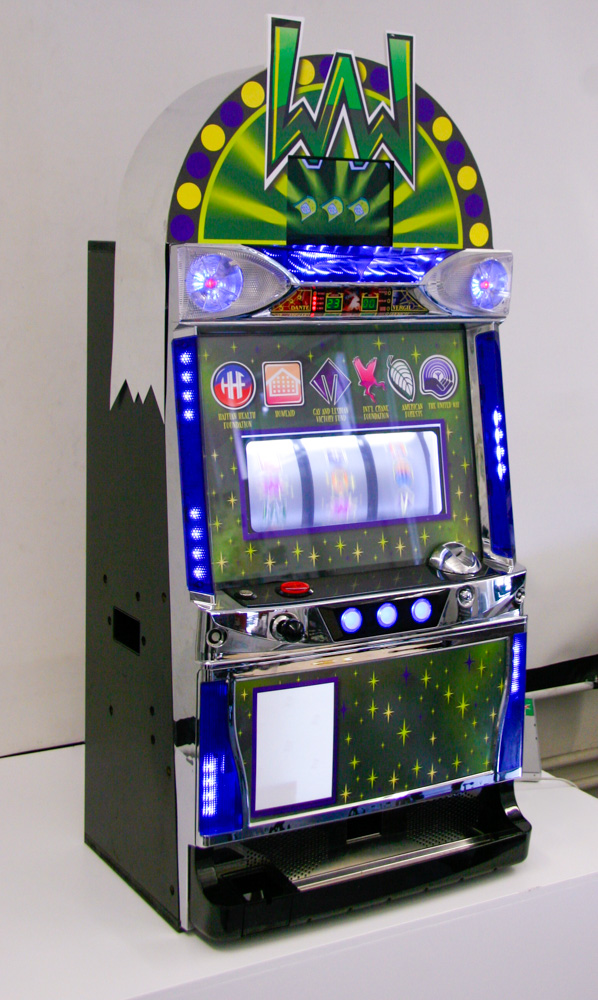
For my masters thesis, I created the physical prototype for Win/Win, which looks and feels like a classic slot machine with a twist: its iconography reflects the game’s purpose—to channel player losses to charity. As with traditional slot machines, players win money when specific image patterns align. But when they lose, their bet becomes a donation to the charities symbolized by the icons on the reels.
The machine’s actions are managed by an Arduino I/O board, enabling customized gameplay through an interface on a built-in video display. Using the machine’s buttons and knobs, players can navigate the interface to select which organization will receive the majority of their losses.
The concept was inspired by a report from the Alberta Gaming Corporation, which noted nearly a threefold increase in charitable returns after legislation permitted nonprofit-run, short-term casinos. If realized both as a physical installation and an online platform, Win/Win could provide a continuous, 24-hour revenue stream for participating charities.
The machine was exhibited at the Sheila C. Johnson Design Center in New York in May 2010.
